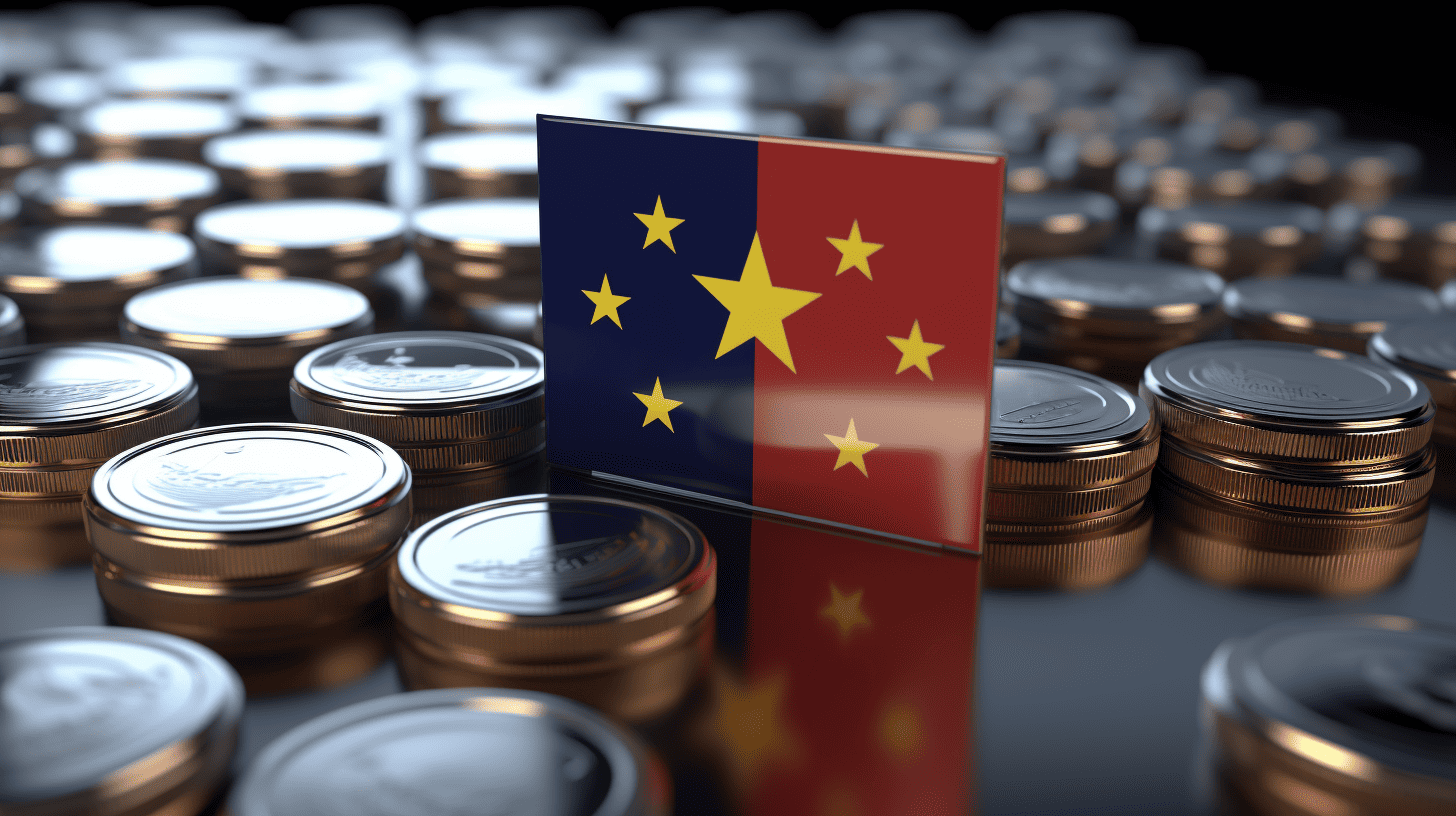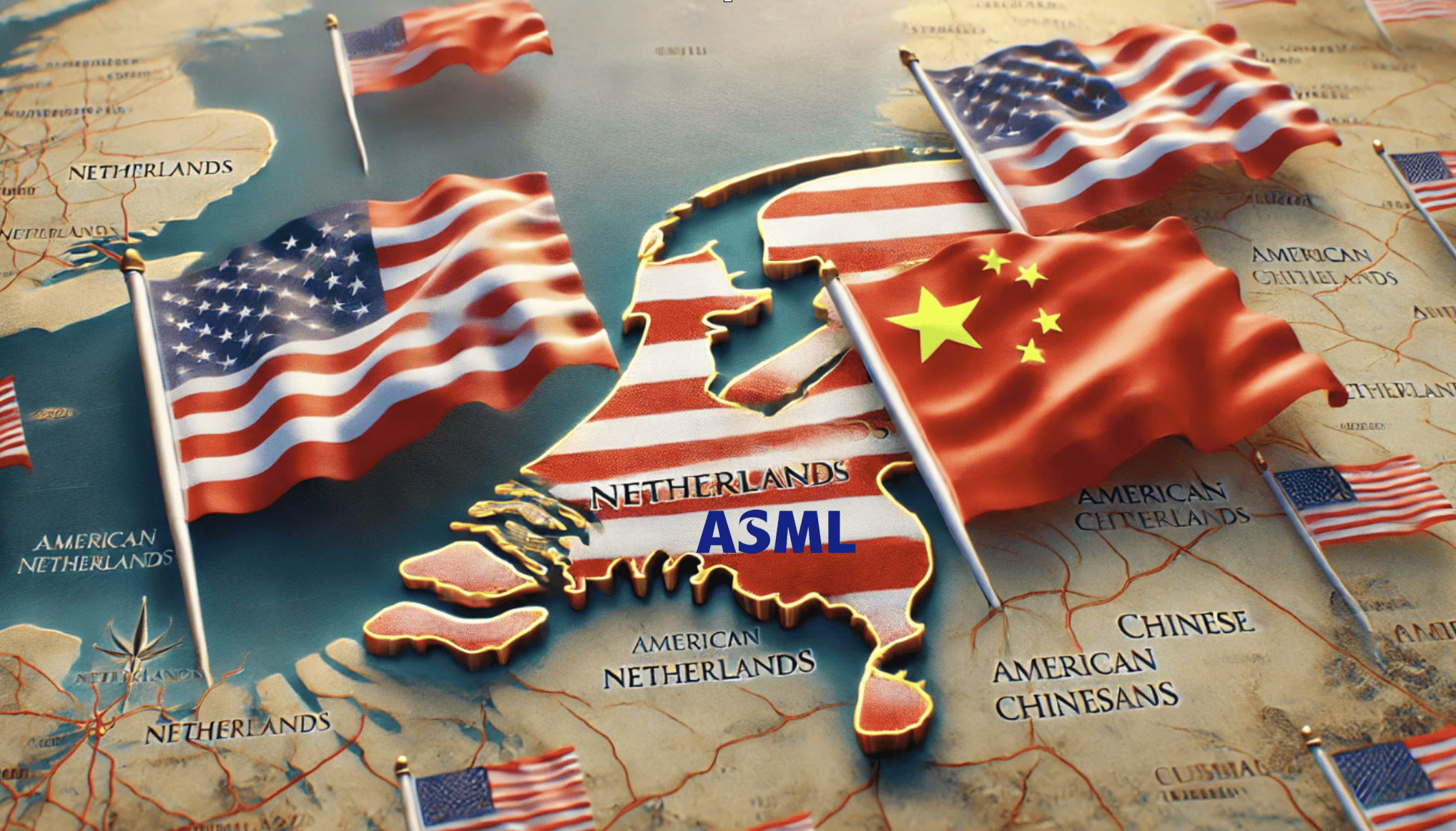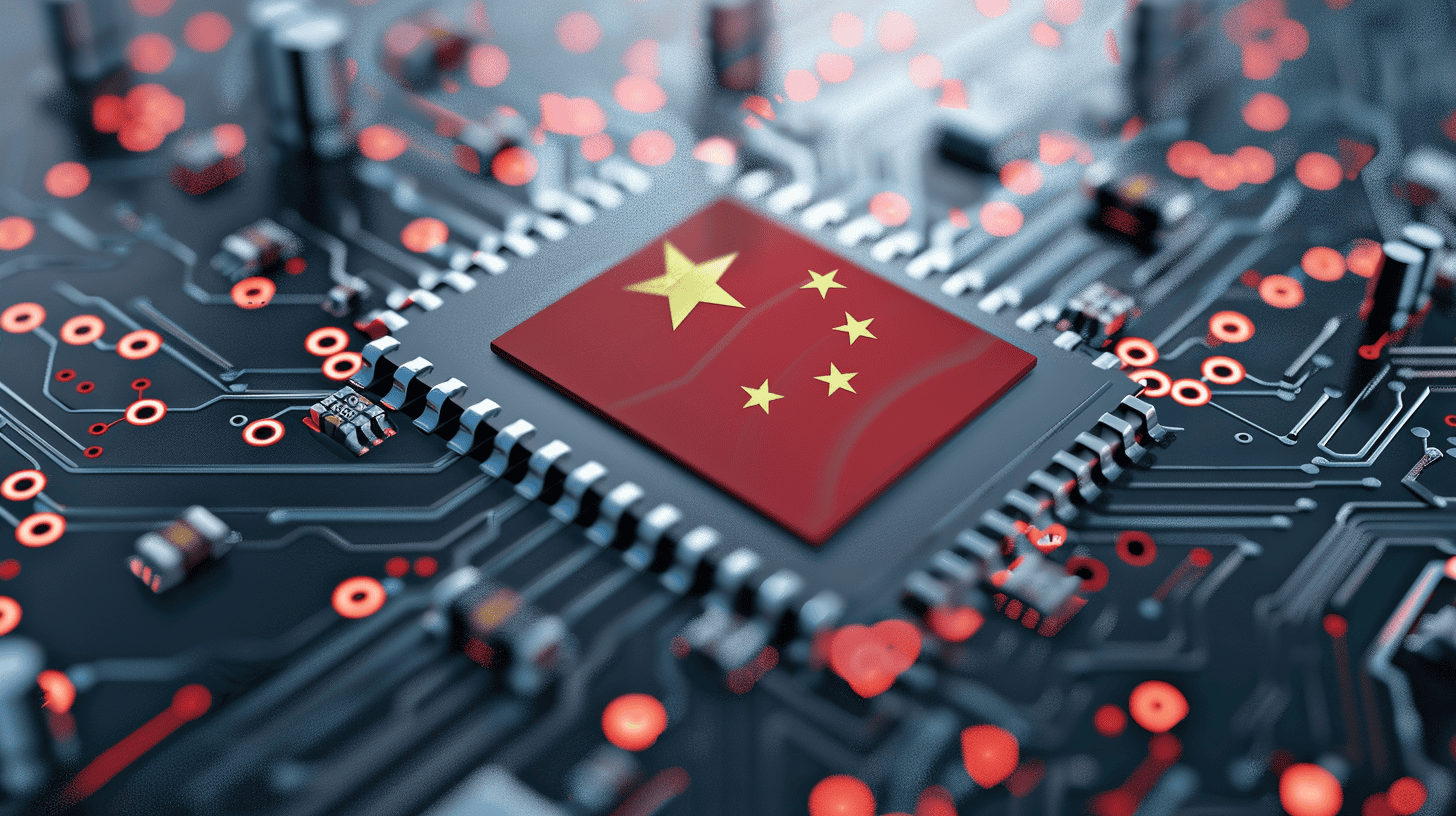
In a chess-like move, China has implemented export controls on gallium, germanium, and several other key compounds integral to semiconductor production. This directive comes hot on the heels of the Netherlands’ decision to limit China’s access to advanced chip manufacturing equipment. This tit-for-tat exchange reveals the complexities at the heart of global tech trade, with gallium and germanium, both recognized as technology-critical elements, at the epicenter of this round. The new measures are a direct retaliation and underscore the escalating tensions in the global tech industry, where access to critical resources is being increasingly weaponized.
The catalyst: Dutch restrictions on ASML’s chip machines
China’s tightening of export controls can be traced back to the Dutch government’s recent decision to impose additional export controls on advanced chip-making tools. The Dutch government expanded its list of sanctioned tools, including DUV machines, which greatly limited China’s access to these tools. The expansion was significant, potentially disrupting the global supply chain. The Chinese embassy in the Netherlands strongly opposed this move, publishing an open letter criticizing the decision and urging the Netherlands to reverse it.

ASML, the world’s leading maker of lithography scanners, was particularly affected by the new export rules. The company must now obtain an export license to sell its advanced scanners to Chinese companies. These restrictions, although less stringent than those imposed by the US government, have been seen as a hindrance to the Chinese semiconductor industry.
China’s response: Export controls on gallium and germanium
In an apparent response to the Dutch restrictions, China imposed export restrictions on gallium and germanium, two metals crucial to semiconductor production. The Ministry of Commerce stated that these rules were necessary to protect national security interests. Exporters in China must now obtain permission from the ministry and provide information about the end users and the intended use of the materials. Violations of these rules could result in administrative penalties or even criminal charges.
This move could be interpreted as a strategic retaliation aimed at the West’s sanctions on China’s chip industry. However, it is essential to note that the impact of these export controls would not be limited to foreign industries; Chinese companies would also be affected.

The potential impact: a disruption in the global tech trade
China’s restrictions on gallium and germanium could significantly affect numerous industries, including the semiconductor, LED, and solar power sectors. China currently accounts for approximately 94% of the world’s gallium production and 67% of germanium production, highlighting the potential implications of these export controls. These metals are not rare, but China has kept their prices low, making them relatively expensive to mine elsewhere. Implementing these export controls could initially increase the price of these metals, potentially making it economically viable for other countries to extract gallium and germanium, thereby reducing China’s market dominance.
Despite the potential disruption, producing high-performance components such as CPUs, GPUs, and memory is not expected to be significantly affected by these export controls. However, gallium and germanium compounds used for power chips, radio frequency amplifiers, LEDs, and various other applications could experience disruptions.
Looking ahead: the future of tech trade
China’s export controls on gallium and germanium underscore the escalating tensions in the global tech industry, where access to crucial resources is increasingly weaponized. While these measures may initially cause disruptions and price increases, they could pave the way for other countries to enter the market and reduce China’s dominance.
With the ongoing technology trade war, these new export controls could be seen as part of China’s foreign policy law, which grants the government the authority to implement countermeasures and restrictive measures. As such, the development of global tech trade will likely continue to be shaped by chip-related sanctions and restrictions, with countries constantly adjusting their strategies in response to the evolving landscape.








